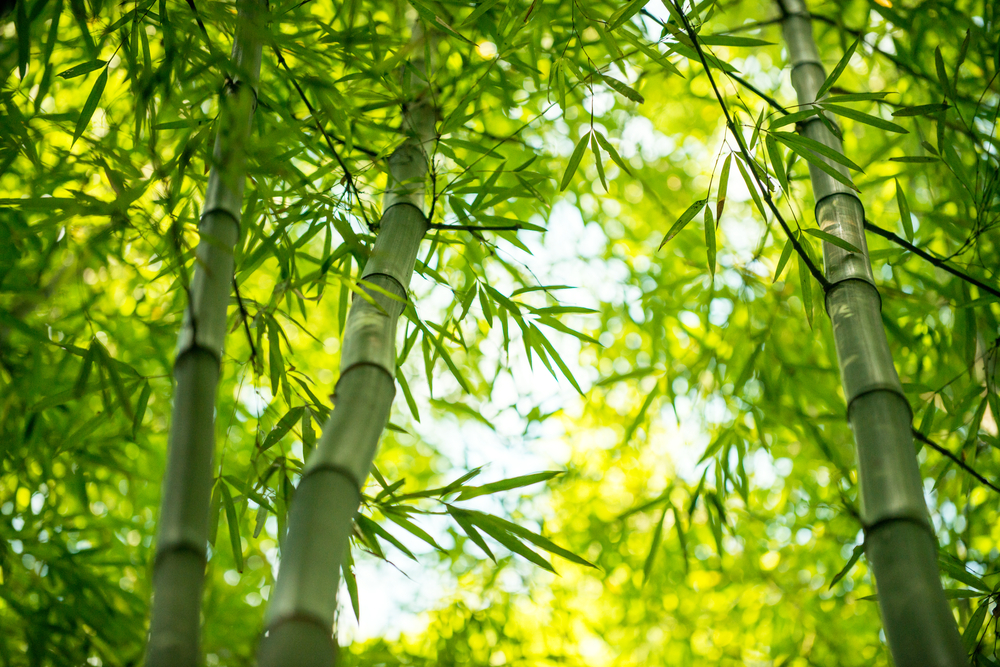The Danakil Depression in Ethiopia is a geological wonder, a place where the Earth’s fiery underbelly meets the surface to create a seemingly alien landscape. Amidst the extreme heat and inhospitable conditions, vibrant sulfur and salt deposits paint the terrain with an astonishing array of neon yellow, green, and blue hues. Journey with us as we explore this otherworldly land where life perseveres against all odds.
A Land of Extremes
The Danakil Depression is a remote region in the Afar Triangle of northeastern Ethiopia. It’s one of the lowest and hottest places on Earth, with temperatures regularly soaring above 120 degrees Fahrenheit (50 degrees Celsius). This harsh environment is a result of three tectonic plates pulling apart, exposing the Earth’s molten mantle and creating a rift valley.
Sulfur Springs and Acid Lakes
The depression is home to numerous hydrothermal fields, where groundwater heated by the Earth’s mantle rises to the surface, forming hot springs and steam vents. These springs are rich in sulfur, which reacts with the air to create stunning neon yellow and green formations. The hot springs also form acidic pools with striking blue colors, a result of dissolved minerals like copper sulfate.
The kaleidoscopic landscape is further enhanced by the presence of acid lakes, such as Lake Afrera and Lake Assal. These lakes have extremely high salinity levels and are home to unique microorganisms that thrive in such hostile environments. The vibrant colors of these lakes are a result of these microorganisms, as well as the mineral deposits that line their shores.
Salt Flats and Mining Traditions
The Danakil Depression is not only known for its sulfur springs and acid lakes, but also for its expansive salt flats. The largest of these, the Dallol salt pan, stretches over an area of 4,000 square kilometers. Salt mining has been a tradition in the region for centuries, with the Afar people extracting the mineral for trade and domestic use. These salt miners carve the salt into slabs, which are then loaded onto camel caravans for transportation to market.
Mining the salt flats is a dangerous and labor-intensive task, as workers must endure the sweltering heat and harsh terrain. However, the economic benefits of this trade have sustained generations of Afar people, who have developed a deep connection to the land and its resources.
The Allure of the Unknown
Despite its extreme conditions, the Danakil Depression has become an increasingly popular destination for intrepid travelers seeking to explore one of the world’s most unique environments. The vibrant colors and surreal landscapes have drawn photographers and filmmakers from around the globe, eager to capture the striking beauty of this remote and inhospitable region.
Visiting the Danakil Depression is not for the faint-hearted, as travelers must endure extreme heat, limited infrastructure, and a challenging landscape. However, those who brave the elements are rewarded with an unforgettable experience that provides a rare glimpse into one of the most otherworldly places on our planet.
Life in the Harshest of Environments
Remarkably, despite the extreme conditions, life persists in the Danakil Depression. The region is home to a variety of hardy plants, such as salt-tolerant shrubs and grasses, which provide sustenance for a small number of animal species. Most notable are the Afar people, who have adapted to the harsh climate and developed a unique culture centered around the extraction and trade of salt.
The Danakil Depression also plays host to extremophile microorganisms, which are capable of thriving in the most inhospitable environments. These microscopic life forms have been the subject of scientific research, as their ability to survive in such extreme conditions may hold the key to understanding the potential for life on other planets. The presence of these extremophiles is not only a testament to the resilience of life but also a reminder of the incredible diversity that exists on our own planet.
Conservation and Sustainable Tourism
As the Danakil Depression gains more attention from the global community, there is a growing need for sustainable tourism practices and conservation efforts to protect this fragile ecosystem. Organizations such as the Ethiopian Wildlife Conservation Authority (EWCA) are working to preserve the natural beauty and ecological integrity of the area. The promotion of eco-tourism and responsible travel practices will ensure that future generations can continue to marvel at the surreal landscapes of the Danakil Depression while supporting the local communities that depend on the region’s resources.
The Danakil Depression in Ethiopia stands as a testament to the Earth’s incredible geological diversity and the resilience of life in the face of seemingly insurmountable odds. This unique landscape, with its vibrant sulfur deposits, acid lakes, and expansive salt flats, offers a rare glimpse into a world that seems more akin to the surface of an alien planet than our own. As we continue to explore and understand the wonders of our planet, the Danakil Depression will remain a beacon of intrigue, drawing those who seek to experience the beauty and mystery of our world’s most extreme environments.







